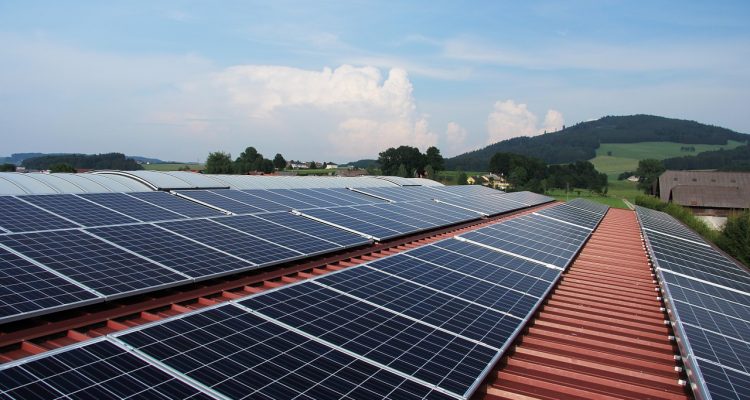With more government incentives, state laws on clean energy adoption, and latest records on electricity generation, the dream of US converting to solar energy is becoming a reality.
But how far are we? What can we expect in the following years, from a realistic point-of-view? We will try to answer those questions for you.
Solar, the third source of increase in the US electric generation capacity
According to the latest report from March, the US Energy Information Administration, it shows a record amount of distributed solar photovoltaic (PV) capacity added on rooftops throughout the country in 2015. This position solar in the third place, on all new electric generation capacity with 26%, after wind with 41% and natural gas with 30%.
But this is a holding trend: the US solar market is expected to grow by a phenomenal 119% in 2016, installing 16 GW by the end of the year.

“This is a new energy paradigm and the solar industry officially has a seat at the table with the largest energy producers,” said SEIA president and CEO Rhone Resch. “Because of the strong demand for solar energy nationwide, and smart public policies like the ITC and NEM, hundreds of thousands of well-paying solar jobs will be added in the next few years benefiting both America’s economy and the environment.”
Potential for solar conversion, state by state
Overall, utility-scale solar systems make up about 1.1% of the total U.S. electric generating capacity, while distributed generation PV systems provide another 0.8%, as of today.
The most suitable locations for photovoltaic cells are, logically, the sunny states; but the potential for conversion also considers the electricity needs to arrive to an accurate percentage.
According to a NREL recent report, it shows that California has the greatest potential to offset electricity use -its rooftop PV could generate 74% of the electricity sold by its utilities in 2013-. A cluster of New England states could generate more than 45% because these states’ low per-capita electricity consumption. Washington, with the lowest population-weighted solar resource in the continental United States, could still generate 27%. Some states with below-average solar resource (such as Minnesota, Maine, New York, and South Dakota) have similar or even greater potential to offset total sales compared to states with higher-quality resource (such as Arizona and Texas).
The full report can be downloaded here, and points out that is just an analysis on potential deployment rather than a prediction of actual deployment. The report from National Renewable Energy Laboratory states that solar energy potential, in fact, has a limit, but it’s still far from being achieved.

A more enthusiastic approach
There is another study, from Stanford energy economist Mark Jacobson, that offers a road map for a 100% clean energy conversion on all 50 states by 2050. The goal of this roadmap is rely only on wind, water, and sunlight (WWS) for power generation, that will need a bigger impact on solar conversion -specially residential PV- and in a faster pace.
By the end of 2050, ∼30.7% utility-scale photovoltaics (PV), ∼7.2% rooftop PV, ∼7.3% concentrated solar power (CSP) with storage, will be needed countrywide.
This plan seems unfeasible today, because -before converting to clean energy- a full conversion to electricity will be needed. That means shifting transportation, heating/cooling, and industry to run on electric power, while most of that run on fossil fuels currently.
But again, the actual state of residential photovoltaic adoption in California is so amazing that some years ago would appeared just a hippie’s dream. So let’s hope that a full clean energy conversion is part of a near future, too.

